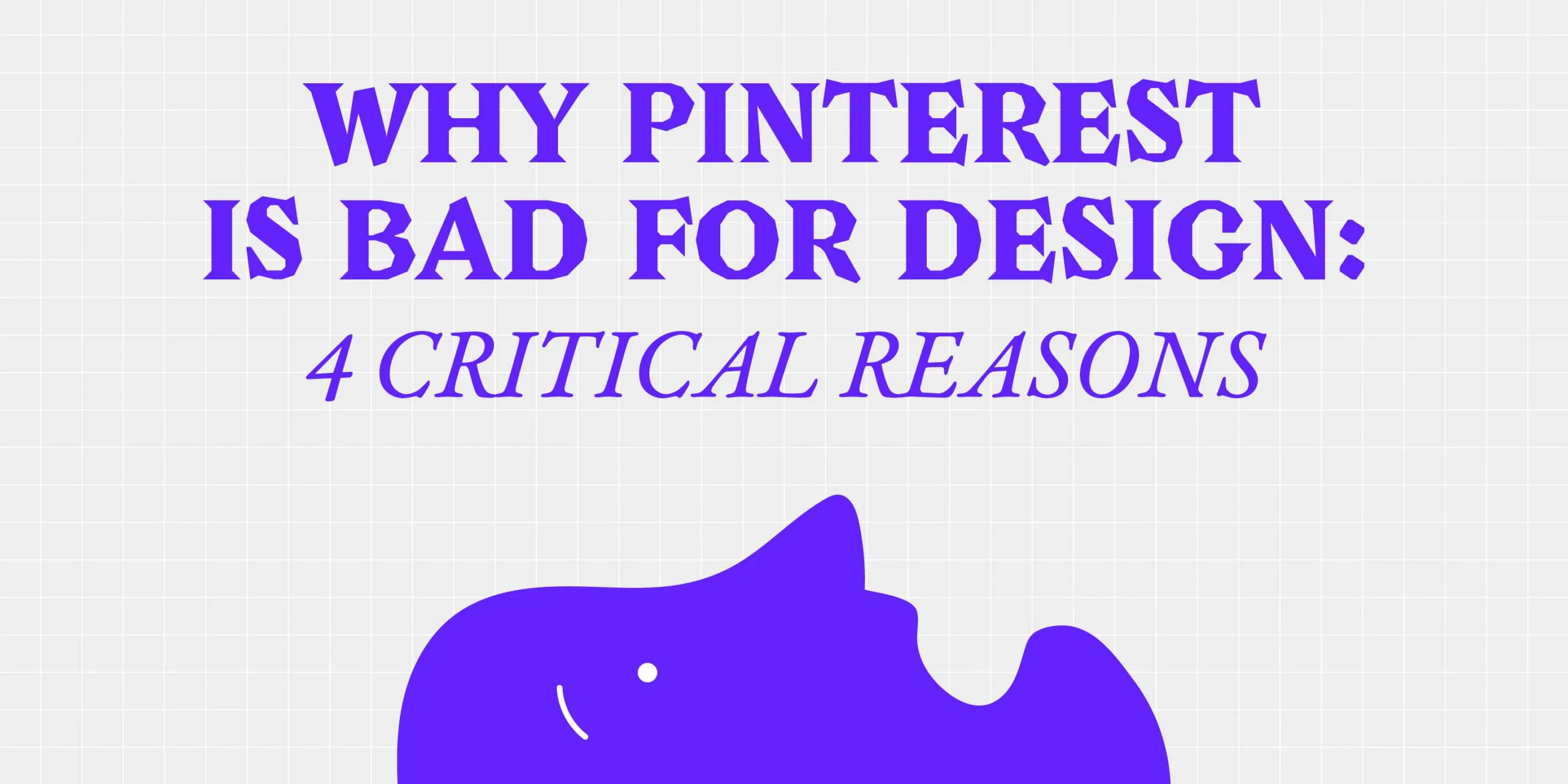Dear Amigos,
I know many of you visit Pinterest before starting a creative project. But why is Pinterest bad for graphic design, or design in general? Even though Pinterest is a wonderful place for inspiration, such as lifestyle and fashion trends, I need to be extremely honest with all of you: for communication projects, I strongly advise NOT USING PINTEREST, or at least, using it very consciously.
If you work in advertising, art direction or branding, pay attention. Here are a few reasons why you should stop using Pinterest images as your primary source of inspiration when working on communication projects:
1. Lack of context
When working in communication, it is important to understand the origin of what you are seeing. Where does this typeface come from? Who made it? Is the historical context of what I am seeing accurate with my project?
2. Everything looks the same
I am afraid that we are reaching a point in communication where many projects just look like a template of a nice “look and feel” Pinterest project. It might be best to look for inspiration somewhere else.
3. Legal Concerns
Pinterest users often share images without proper attribution or permission, which can raise copyright issues. Drawing inspiration from these images without verifying their source could potentially land you in legal trouble.
4. Echo Chamber Effect
Pinterest’s algorithm tends to show you content similar to what you’ve already liked or saved. This can create an echo chamber where you’re only exposed to a narrow range of styles and ideas, potentially stifling your creativity.
We’ve mostly covered the main reasons why Pinterest is bad for research and inspiration in branding, advertising, and communication projects. The source matters. I always advise my colleagues to strongly support the work they are doing conceptually and to do that, you need to give context to the project you are making. Justify your choices and step away from “pretty”; that’s not good enough.
It’s essential to supplement your research and cultural horizon with other sources of inspiration, such as design books, art galleries, design talks, studying other designers, nature, and real-world experiences. Diversifying your sources ensures that you’re exposed to a broader range of influences and will allow you to have a more unique approach toward your design projects.
A great place for “in context” typeface inspiration is www.fontsinuse.com, one of our favorites. Another sites you should checkout related to branding projects are brandidentity.com and visualjournal.it they have great inspiration related to branding. For more wide topic inspiration and in SPANISH, you can checkout graffica.info. If you are looking for webdesign inspiration, the place to be is www.awwwards.com. Of course, you can also just checkout, your friend’s blog atypeofamigo.com.
I hope this was useful, Amigos. See you soon.
Yours truly,



